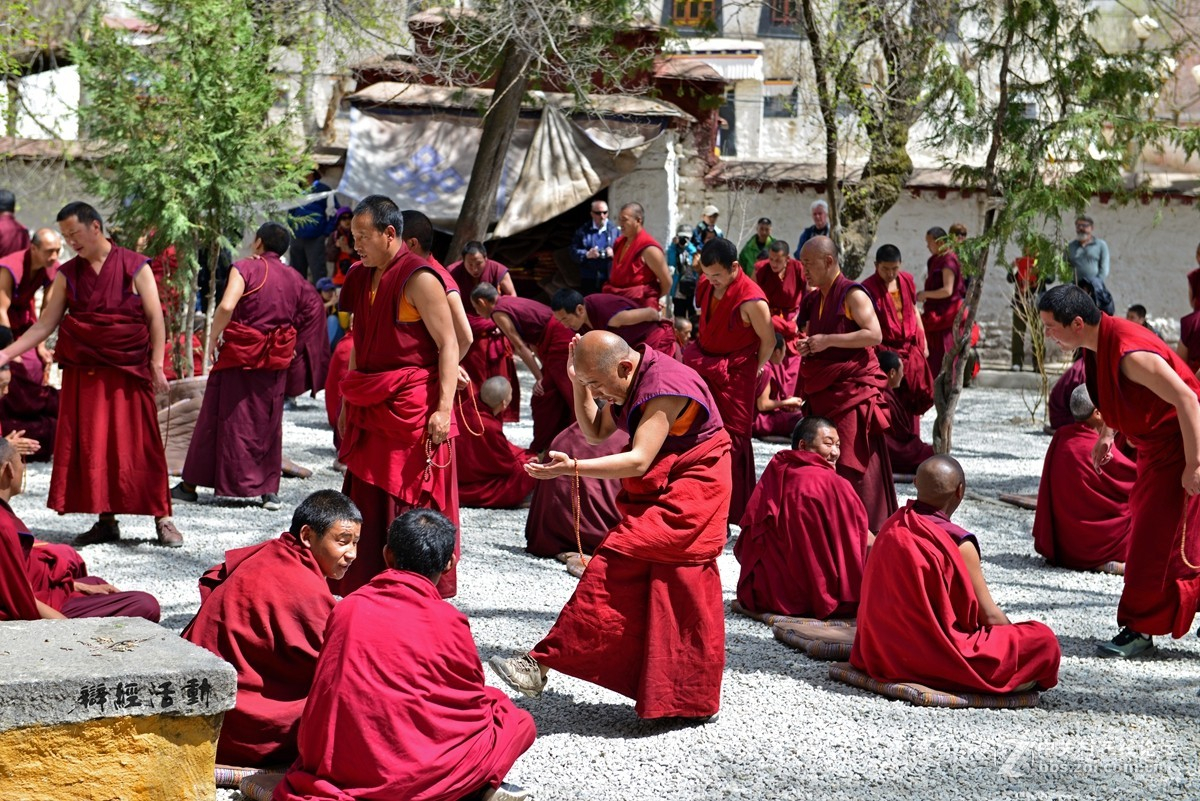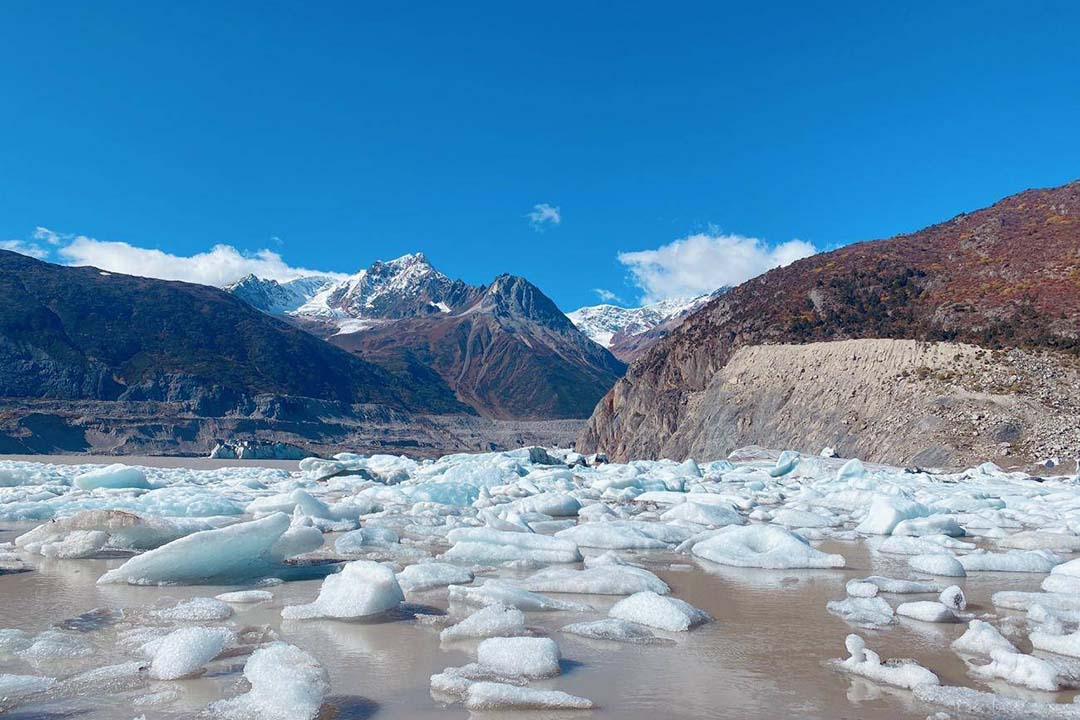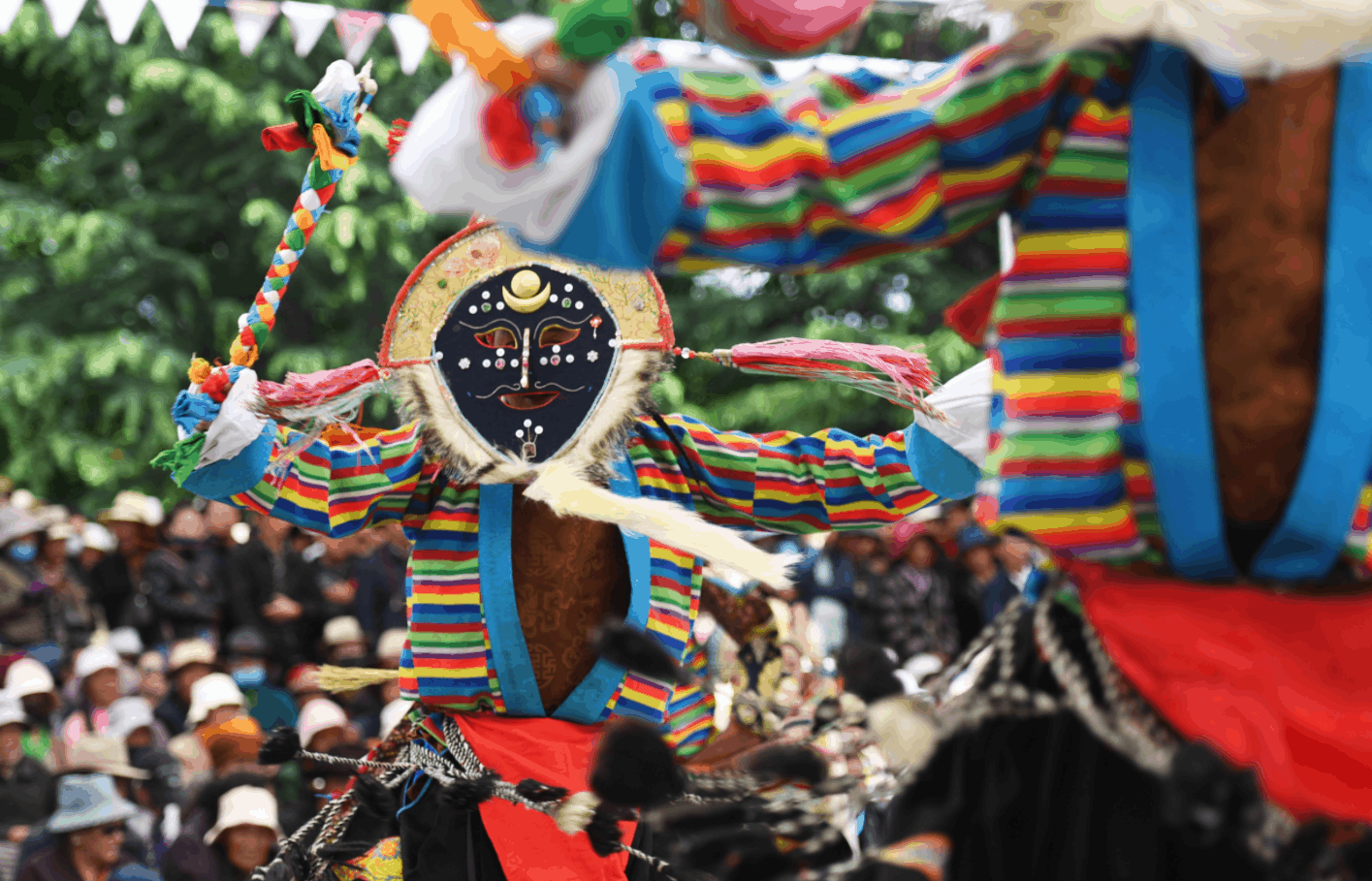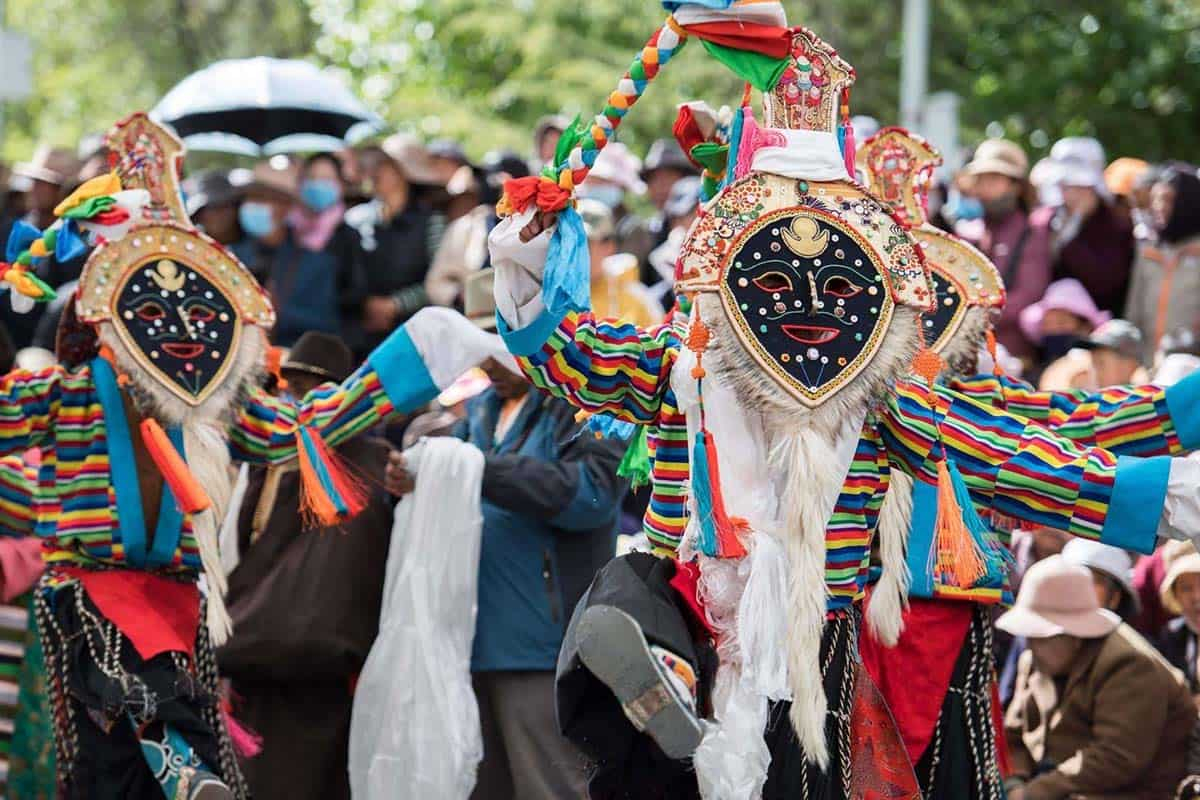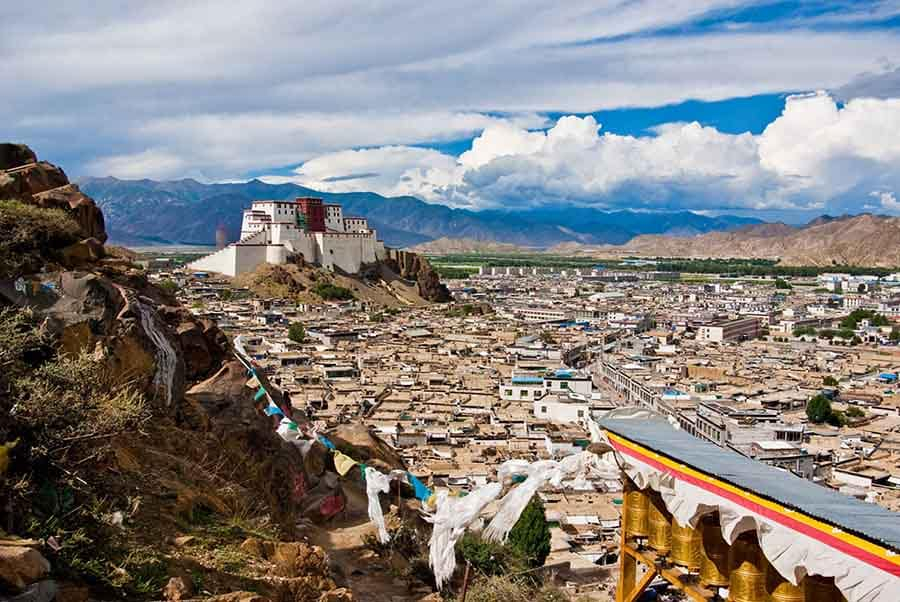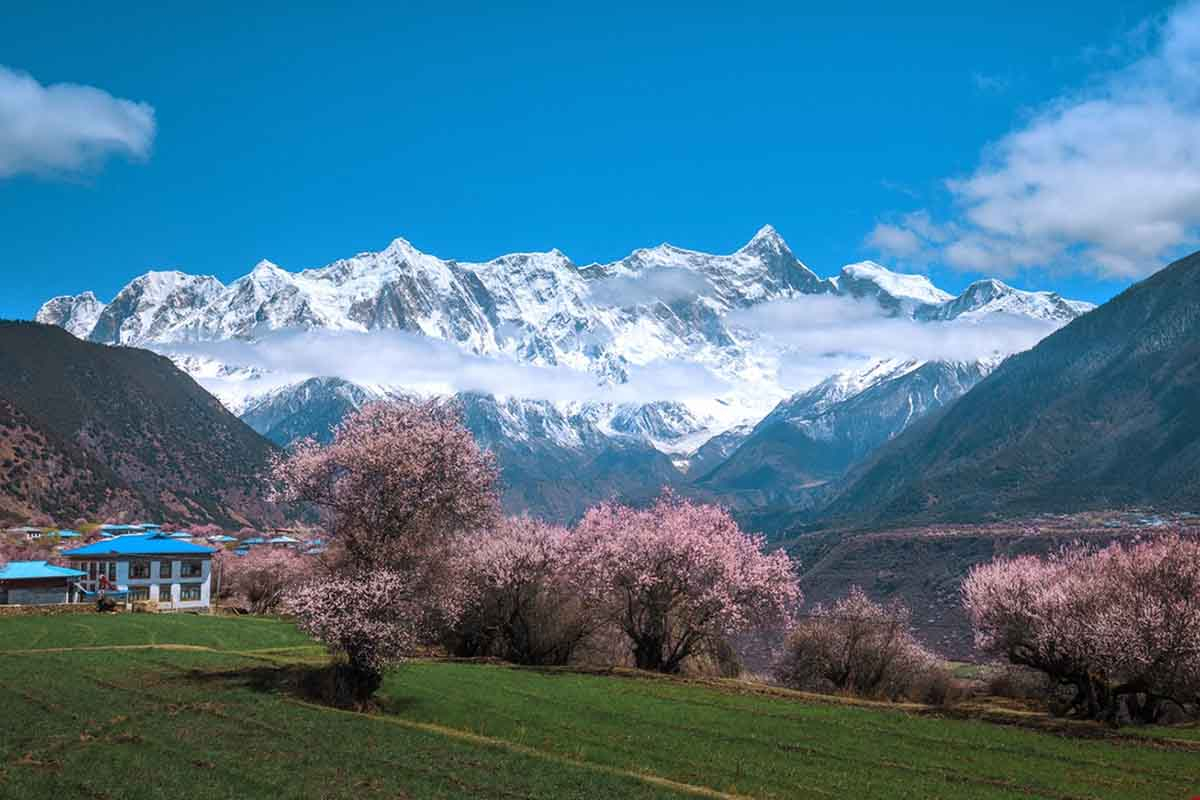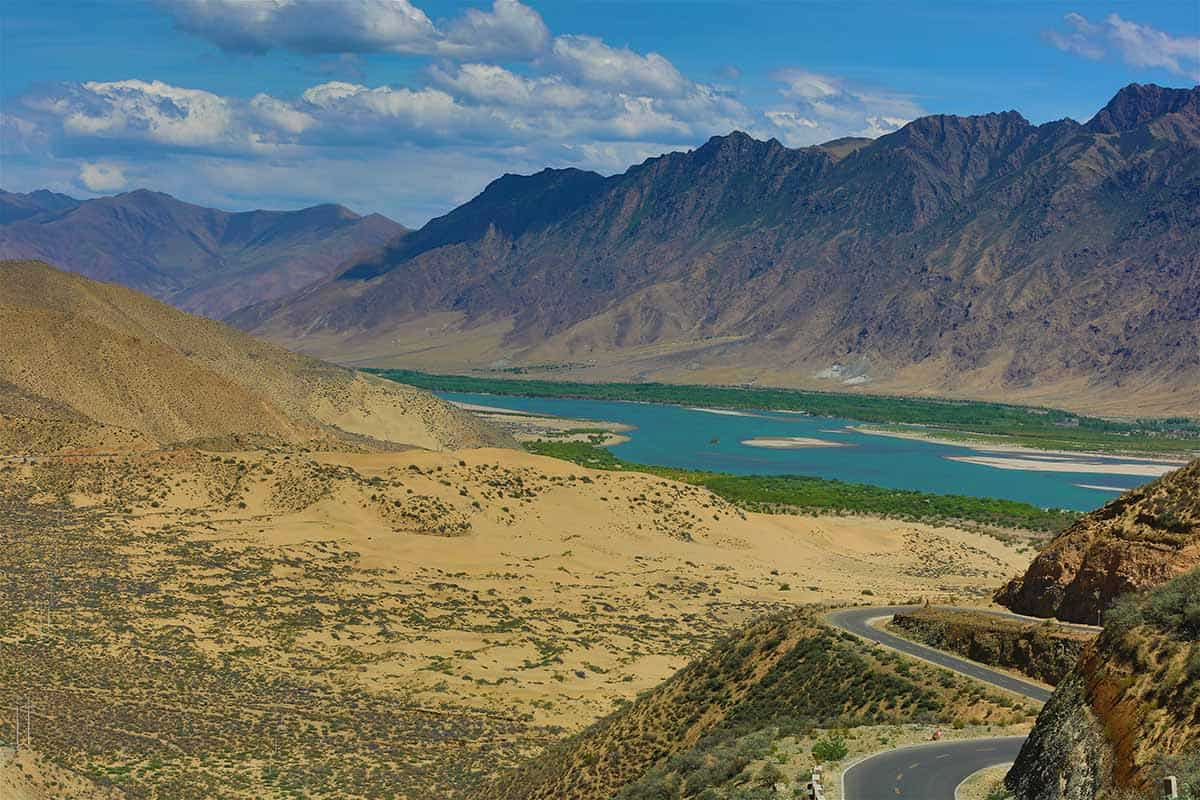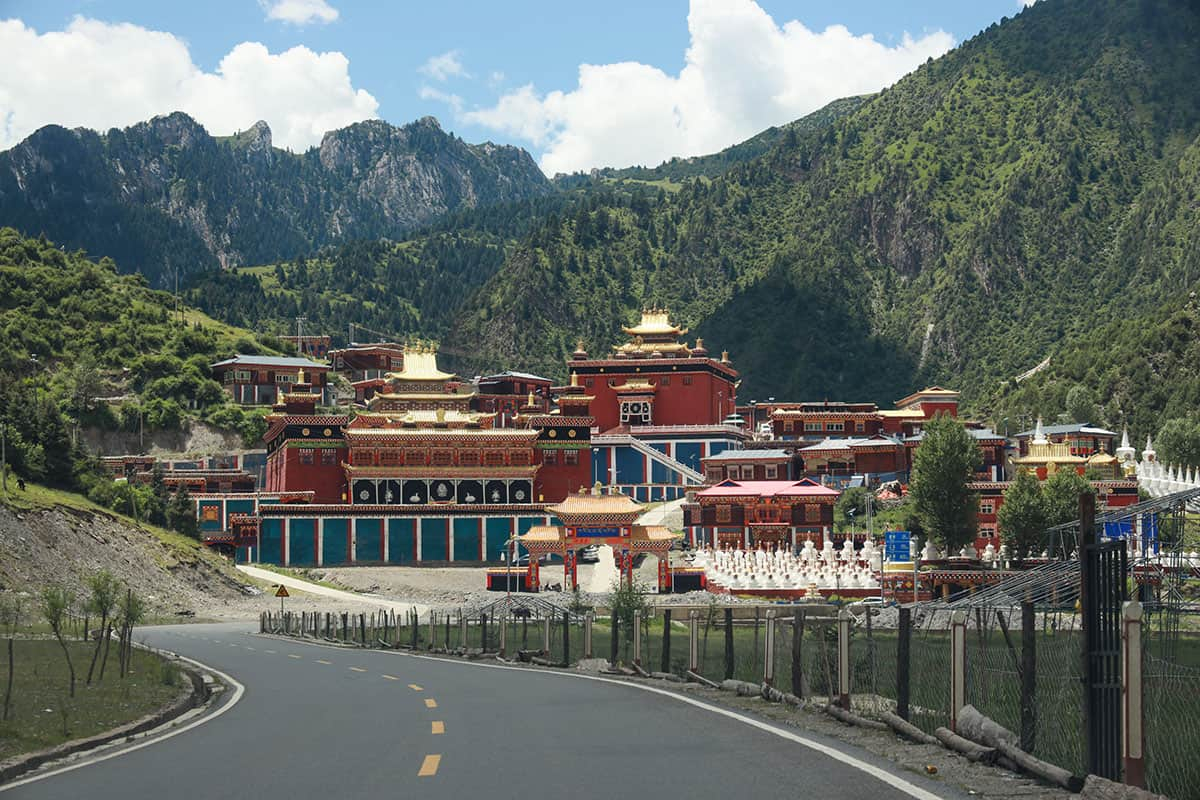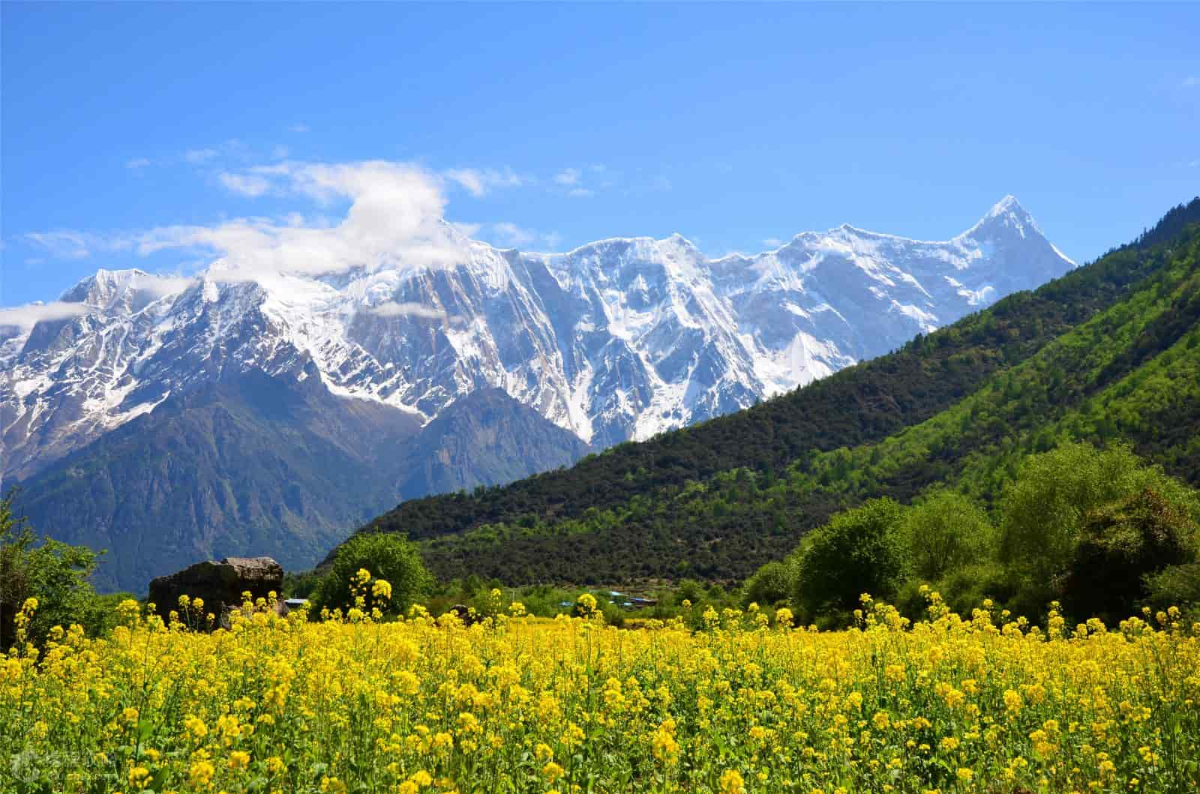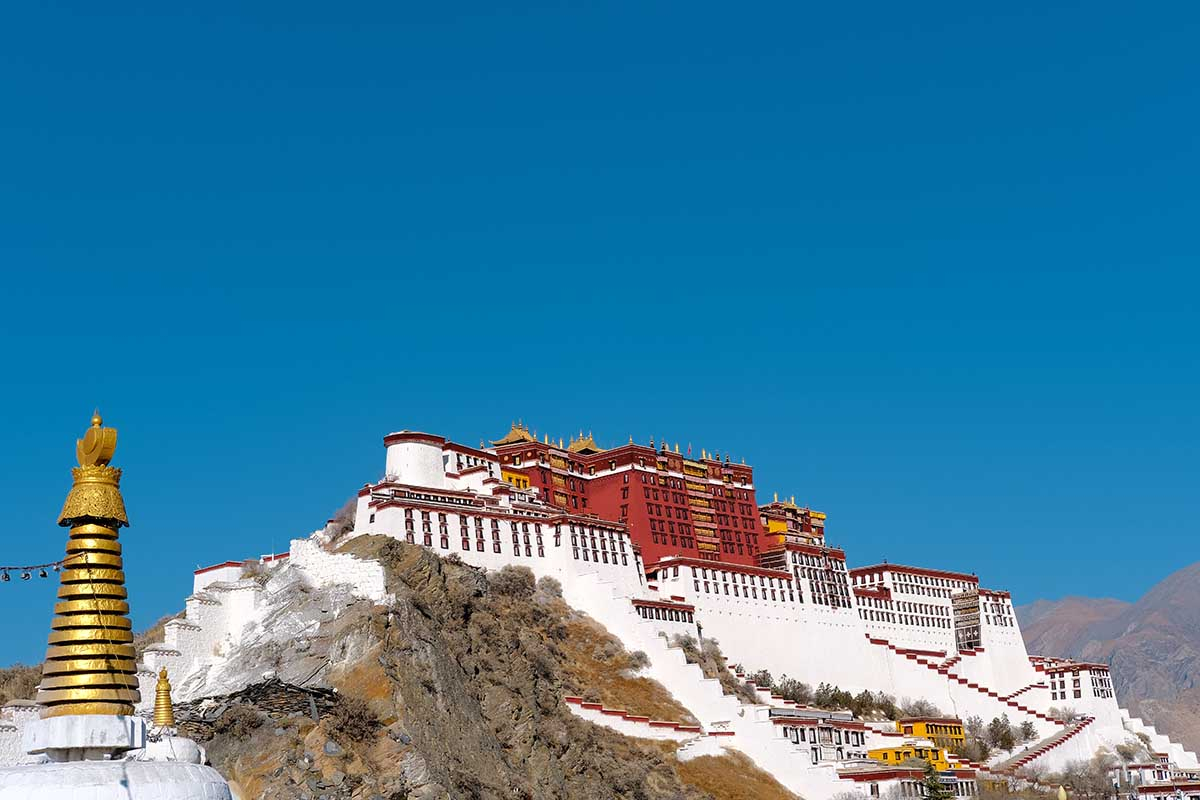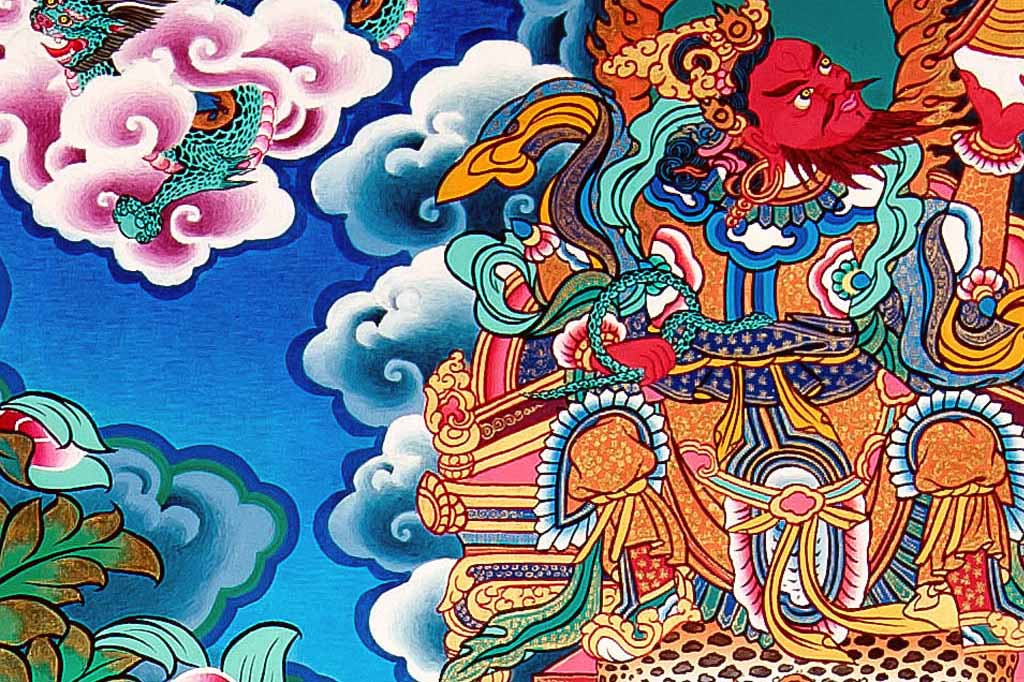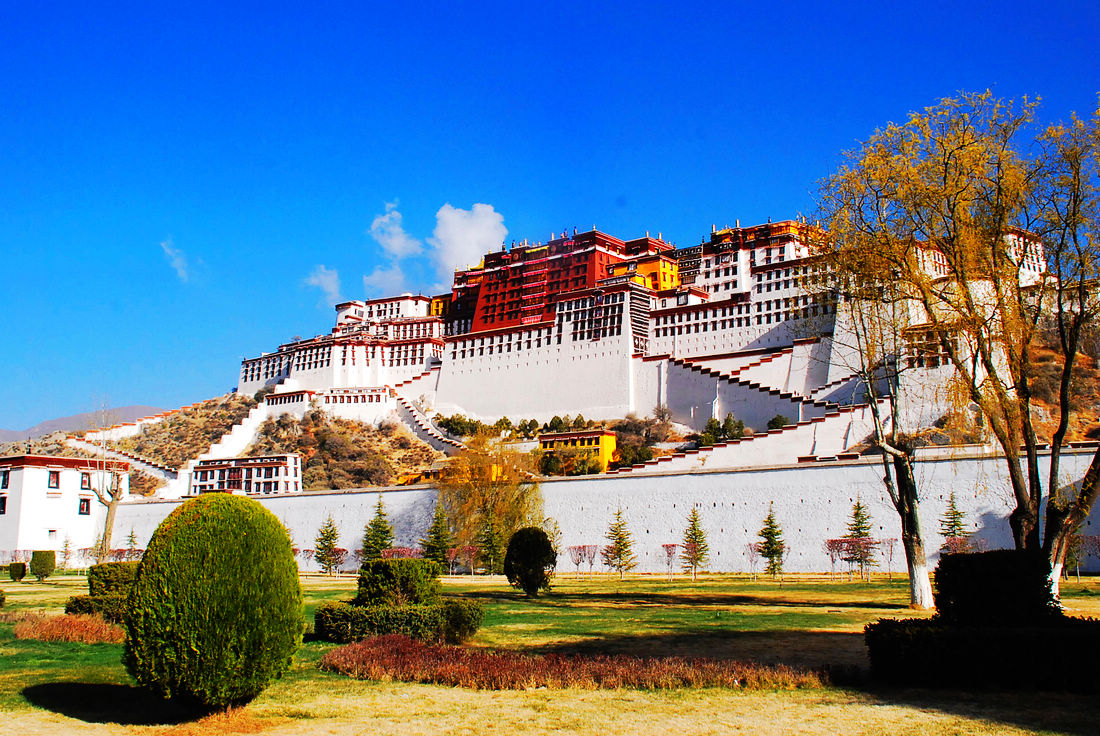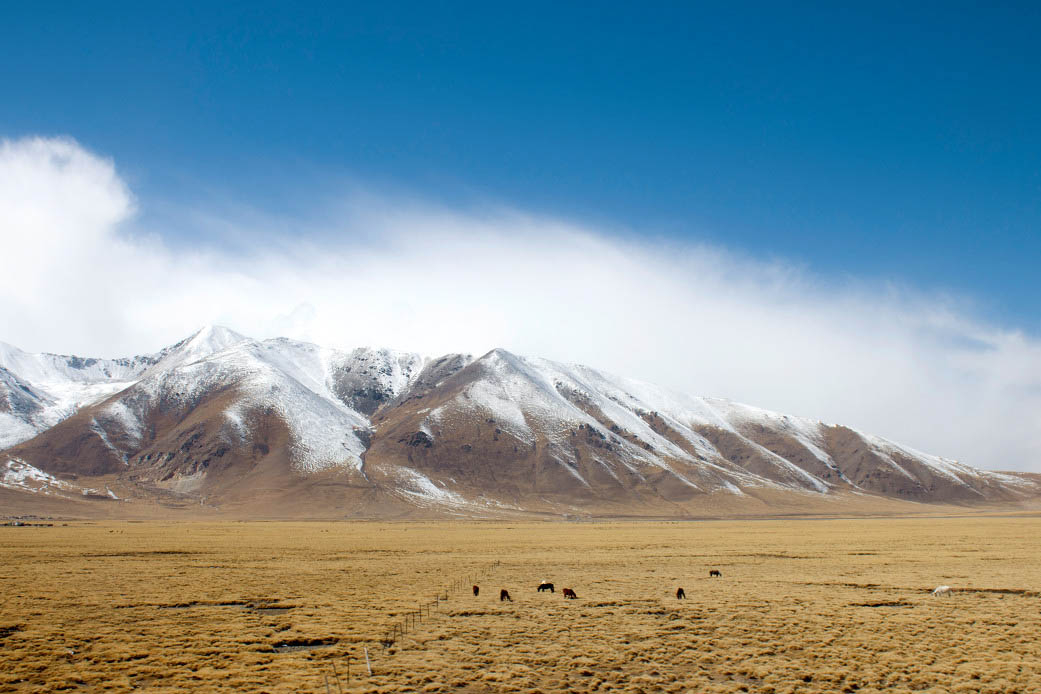Ethnic Custom: the tradition of Sky burials in Tibetan Areas
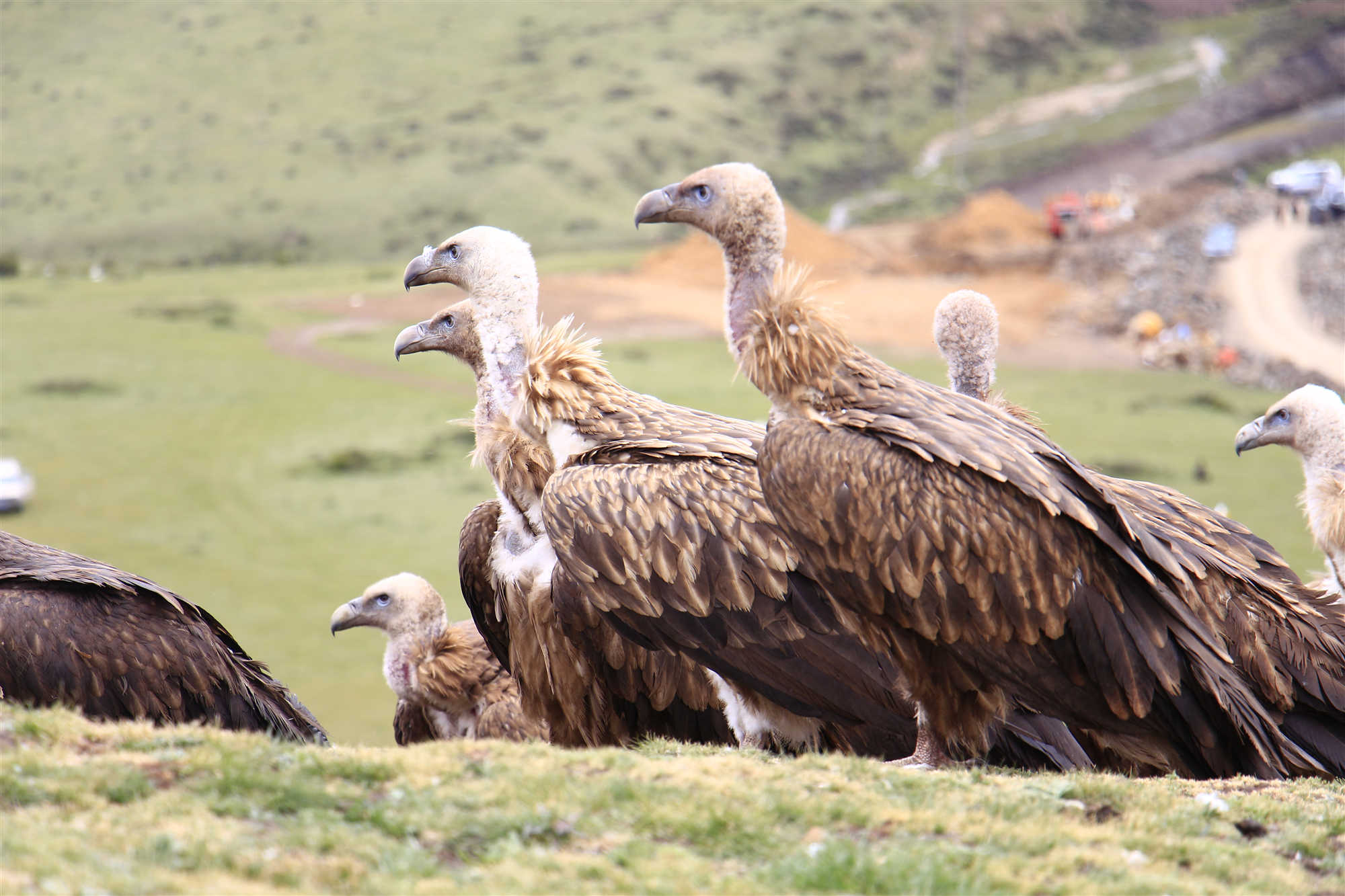
The tradition of Sky burials, which is also known by the name of ‘Celestial burial’, is particularly associated with the Tibetan culture, although it has existed in other civilizations throughout history.
A sky burial is the act of leaving a corpse, cut into precise pieces by a Burial Master, exposed to the elements of nature. This Master would also be in charge of smashing and grinding the bones of the deceased body, and then leaving the prepared corpse out in their selected open site. This was their way of offering a final honorable service to their material body; sending it back to the earth, and serving as an offering of a meal to the vultures.
It might sound like an alarming concept for people living in our current society but its values and philosophy are surprisingly beautiful and virtuous. Choosing a humble path and honoring nature by feeding their local vultures, some people from the Tibetan culture have preferred to be given a Sky burial ceremony to terminate the existence of their physical bodies. The Tibetans believe that there is a great honor in knowing that the body will go back to nature, and nourish some of nature’s creatures, in this case, the bearded vultures or 'Dakinis' (meaning 'sky dancers'), which is the Tibetan equivalent of angels.
The majority of Tibetan people and many Mongols adhere to Vajrayana Buddhism, which teaches the transmigration of spirits. According to Tibetan beliefs regarding burials and death, which is based on the Buddhist belief of reincarnation and transmigration, the soul leaves the body at the moment of death. The Sky burial represents an act of compassion, feeding the dead body which no longer has a function, to the sacred vultures as a final act of charity.
Tibetan people are not afraid of death because it is viewed as a transformation and not an ending, and, therefore, Tibetans face the idea of death with serenity and calmness. They believe that in order to have a smooth transmigration a person should leave no trace of their earthly existence, which includes their physical body.
There is no need to preserve the body, as it is now an empty vessel. Birds may eat it or nature may cause it to decompose. The function of the sky burial is simply to dispose of the remains in as generous a way as possible (the origin of the practice's Tibetan name). In much of Tibet ,Sichuan and Qinghai, the ground is too hard and rocky to dig a grave, and due to the scarcity of fuel and timber, sky burials were typically more practical than the traditional Buddhist practice of cremation. In the past, cremation was limited to high lamas and some other dignitaries, but modern technology and difficulties with sky burial have led to an increased use of cremation by commoners.
You Might Like
- HOTEST
- RECOMMEND



